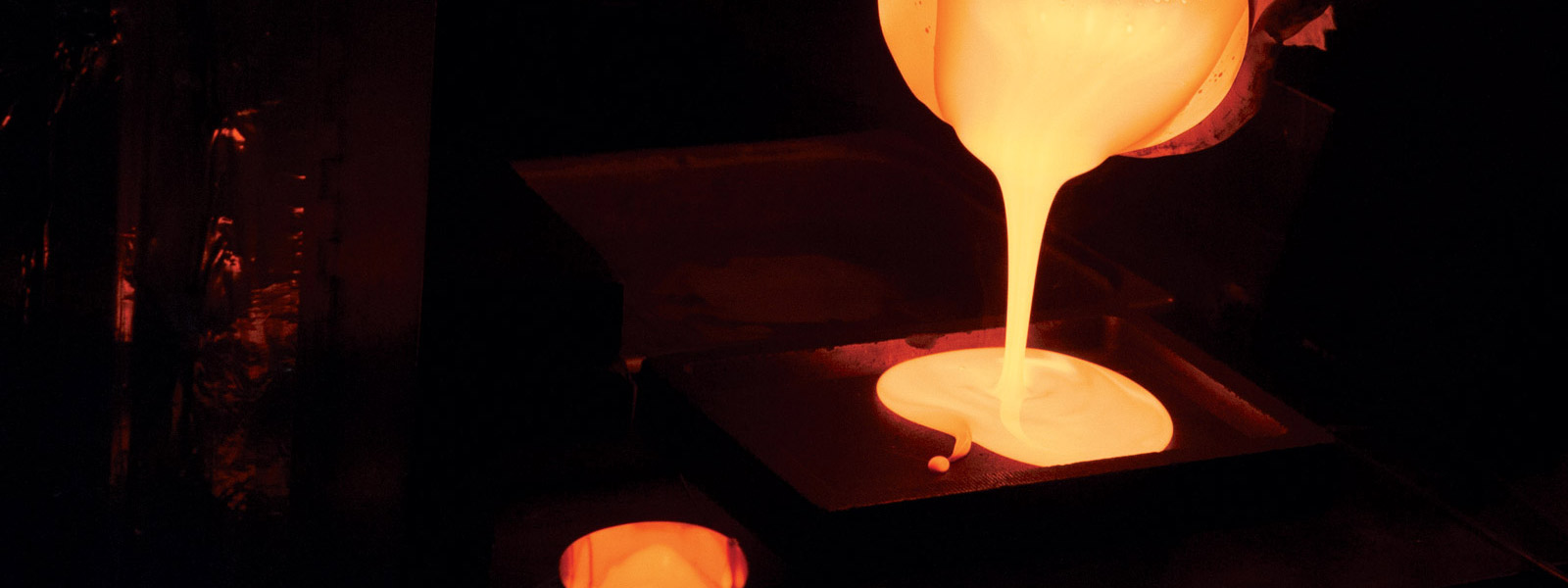

| Catholic University faculty and students are immersed in a culture of research. In this series we offer a sampling of the many big questions they are working on. |

As director of the University’s Vitreous State Laboratory, Ian Pegg has spent much of his career immersed in the unique study of glass and its many uses. Much of the laboratory’s research pertains to environmental problems and green technologies. “We enjoy being able to contribute to solving environmental issues that are so important to all of us and to good stewardship of the planet. These problems were created in times of crisis going back to the Second World War. It’s way past time to deal with them and set things right again.”
“Our country is home to numerous nuclear waste sites in danger of leaking radioactive materials into the nearby environment. The largest is Hanford, Wash., a former Manhattan Project site and home to 177 underground tanks of nuclear waste holding 56 million gallons of radioactive liquid and sludge. As the tanks age, they will begin to leak these contaminants into the nearby Columbia River or the local water table.”
“Much of VSL’s work has centered on nuclear waste management through a process called vitrification, in which radioactive waste is transformed into a very durable glass using a 2,000-degree Fahrenheit melter. Though the resulting glass remains radioactive, it is unable to leach into the surrounding environment.”
Physics professor Ian Pegg is the principal investigator for the Hanford Site research and technology program that supports the design, construction, and operation of what will be the world’s largest nuclear waste vitrification facility, as well as for similar projects in the United Kingdom and Japan.